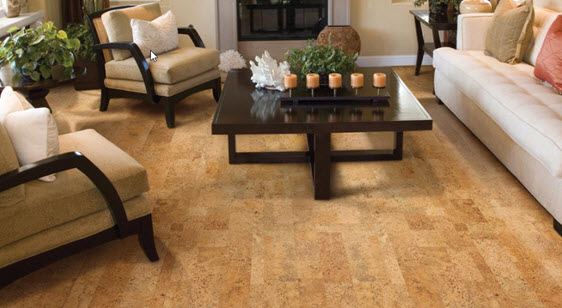Hollis, NH building manager asks: How Can Flooring Affect a Room’s Acoustics?
 The best flooring for sound reduction is carpet, with a padding underneath this allows for even more sound absorption. Cork is also a good choice particularly for second floors, as it absorbs the sound. Vinyl flooring that has a foam, cushioned backing can also be a good option for sound reduction. Laminate flooring, when the installation includes putting down underlayment pads, can also help to absorb sound.
The best flooring for sound reduction is carpet, with a padding underneath this allows for even more sound absorption. Cork is also a good choice particularly for second floors, as it absorbs the sound. Vinyl flooring that has a foam, cushioned backing can also be a good option for sound reduction. Laminate flooring, when the installation includes putting down underlayment pads, can also help to absorb sound.
An apartment building manager in Hollis, NH was looking to install new flooring in a second-floor unit. With multiple tenants, he was concerned about sound traveling through the floor and wanted an option that would best minimize this problem.
Flooring that Absorbs the Sound
Carpet and cork are both great for absorbing sounds, particularly when paired with a thick pad underneath. Both of these flooring choices not only absorb but also deflect the sound. Top of the line vinyl with an adhesive padding is also very good at absorbing sounds. Laminate with an underlayment will reduce the sounds of footsteps when floated only over a subfloor.
The Padding Under the Floor Matters
Not all flooring is created equal from an acoustics and sound absorbing point of view. However, by combining the flooring with a thick padding or underlayment, you can significantly reduce the noise heard through the floor.
The flooring in a room can go a long way to reducing the amount of noise and echoes from room to room, making for a more comfortable environment. Flooring such as tile, stone and bamboo can exacerbate the sound in a room and may not be the right option for some homes.
As for the building apartment manager in Hollis, he opted for a combination of carpet and vinyl flooring, pairing both with thick padding.
